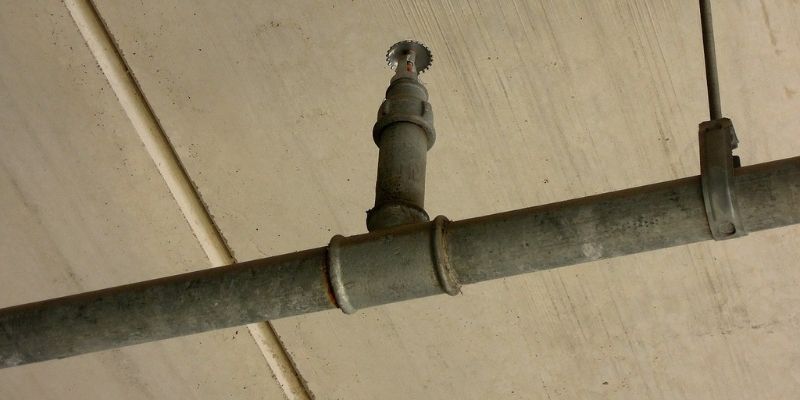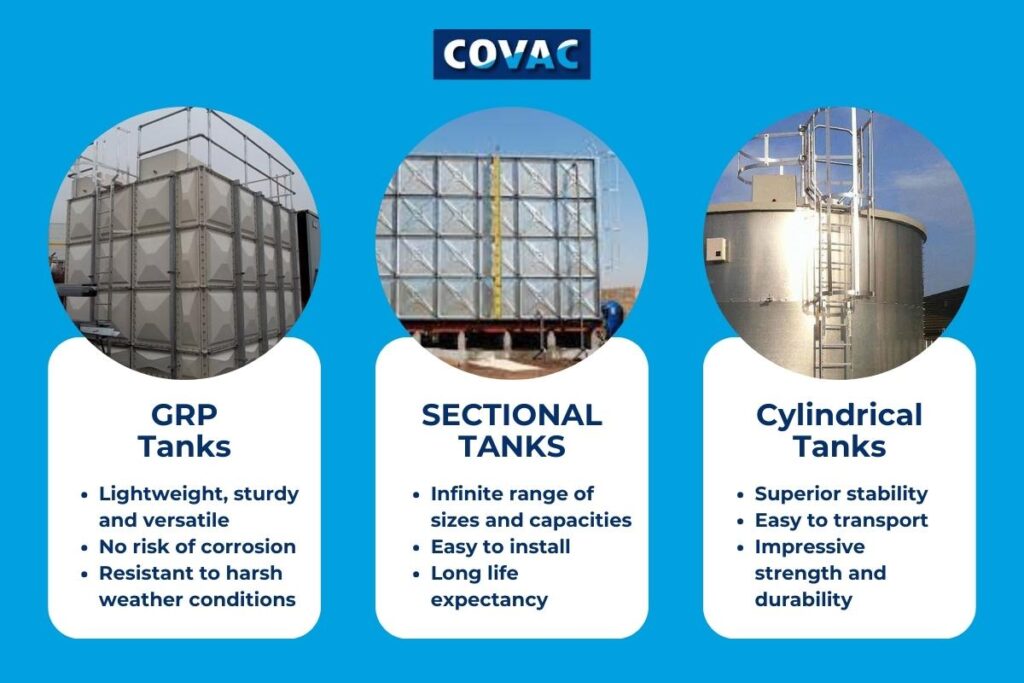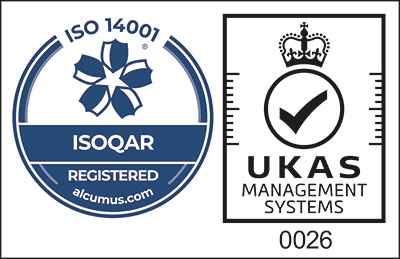
Fire sprinkler storage tanks are often susceptible to corroding as their metal substrate is not always protected during the installation process. This can be due to the original coating breaking down or liners failing to function correctly.
As a result, this can lead to water leaking from your sprinkler tank. This in turn can be detrimental to the efficiency of your fire sprinkler system.
In this guide we go into more detail on the importance of cleaning your sprinkler tank and the most common types of fire storage tanks.
Why Should You Clean Your Fire Sprinkler Storage Tanks
Cleaning your fire sprinkler storage tank is more important than you think. Many adverse and potentially life threatening substances can arise if your storage systems are not maintained. With this in mind, here are some of the possible hazards that could occur if you do not clean your tanks.
Oxygen Depleted Atmosphere
If your fire sprinkler storage tank is dirty, you run the risk of potentially creating an oxygen depleted atmosphere. This is primarily due to the considerable amounts of rusting and corrosion inside the tank.
Rust is an iron-oxide formed by the reaction of iron and oxygen in the catalytic presence of water or air moisture. If rusting has occurred, oxygen levels are depleted which means the people in the surrounding vicinity can be prone to confusion, loss of judgement, loss of coordination, fainting or even death.
To prevent this process from happening you should consider cleaning your water tank on a frequent basis.
Legionella
Legionella is a bacterium that is commonly found in natural water sources such as lakes and rivers. They are usually present in small concentrations so pose no threat to public health. However, if this water enters man-made water systems, there is a risk that Legionella bacteria present in the water can rapidly multiply increasing the risks of Legionnaires’ disease.
Generally, fire sprinkler systems will not normally support the growth of legionella but there is still a risk. This can be primarily due to poor maintenance of the systems which is why you should have your fire sprinkler storage tank regularly cleaned and maintained.
Common Types of Fire Sprinkler Storage Tanks
There are various types of fire sprinkler storage tanks that are used across the UK. Knowing the type of your water storage tank can help identify the best maintenance course.

Glass Reinforced Plastic (GRP)
GRP water tanks are the leading industry standard water containment units currently found in the UK. They are lightweight, sturdy and highly versatile – perfect for the use of a fire sprinkler storage tank. GRP tanks provide safe storage for water without the risk of corrosion or contamination from bacteria.
This type of water tanks are made of materials that are resistant to high temperatures and harsh weather conditions. This means you don’t have to worry about your water tank deteriorating over time.
GRP storage tanks require minimal maintenance once installed, have a lower cost for transportation (due to their lightweight capabilities), use less water than fire services and finally, can operate automatically 24/7.
Steel Sectional Storage Tanks
Sectional tanks are a series of modular panels bolted together. They can provide an infinite range of sizes and capacities. They can be easily transported to remote areas, conveniently packed and are relatively straightforward to install so long as there is skilled supervision present.
Furthermore, steel sectional storage tanks have excellent flexibility to adapt as your storage requirements change. They can be installed in areas with restricted access quickly, inherently possess impressive strength and durability and have long term life expectancy. All of these features make them ideal for a fire sprinkler storage tank.
Steel/Concrete Cylindrical Tanks
Similarly to the steel section tanks, cylindrical-shaped water tanks are known to be better for transporting liquids due to their superior stability.
The shape of these water tanks allows them to have a low centre of gravity. This specific quality makes these water tanks more balanced during liquid transport as opposed to rectangular or square-shaped water tanks which have a higher centre of gravity.
A further characteristic of a cylindrical-shaped water tank is its impressive strength. Stainless steel tanks are very strong and will not bulge. Concrete also shares similar strength properties to stainless steel. However, what’s important to consider is that with the steel variation being a metal, it is less impact resistant than its concrete counterpart which can easily withstand any form of contact.
How to Maintain Your Sprinkler Tank
Temperature is a major factor when it comes to water storage. More often than not, the temperature in fire sprinkler systems remains low enough to not support the growth of bacteria.
However, it may contain distribution pipework that may become warmer and support the proliferation of legionella. Maintaining a temperature below 20 degrees Celsius in your water tank will ensure that harmful bacteria doesn’t grow. Always consider this when deciding to call experts to install a water storage tank.
Covac’s exceptional fire sprinkler lining and repair service can correct any issues with your fire sprinkler tanks. The aim with our refurbishments is to restore your tank to the condition it was when originally installed.
Our services cover all various types of sprinkler tanks from steel sectional, GRP and concrete structures. You can rest assured that we can find the right fix for the material of your tank with relative ease.
If you your fire sprinkler tank needs refurbishment, please contact us on 01455 556 631 or alternatively email us on info@covac.co.uk.










